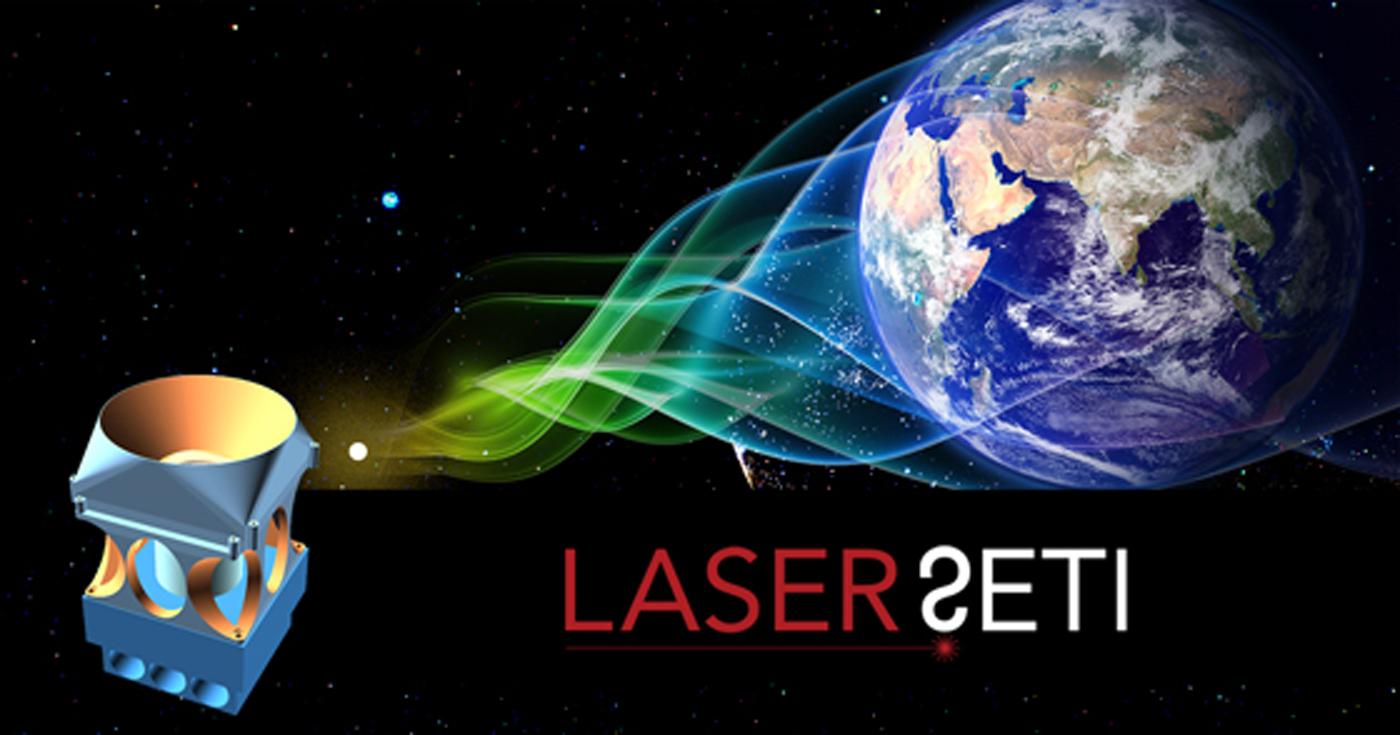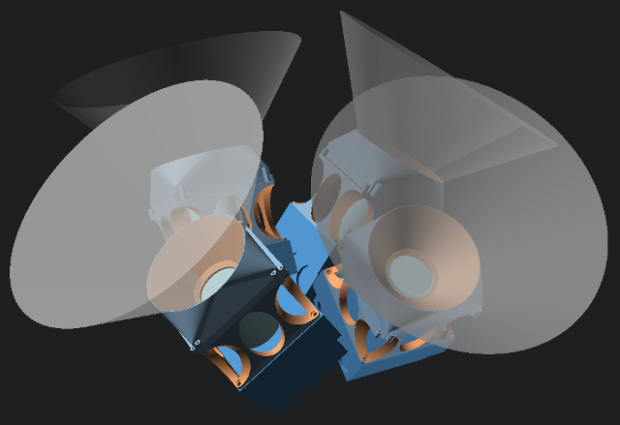The Laser SETI project can look everywhere, all the time - a major leap forward in optical SETI searching.

Imagine this scenario: On a world orbiting a neighboring star, a society more advanced than our own has used large telescopes to survey all the planets within a few hundred light-years. In this sample of a million worlds, it finds that one percent show the tell-tale atmospheric gases that indicate life. One of these is Earth.
This society is sufficiently distant that clues to the existence of Homo sapiens, in the form of high-powered radio signals, have yet to arrive. But their scientists know that Earth is laminated with biology of some kind.
And so, simply as a wake-up call to any intelligence that might be here, they occasionally “ping” Earth with a short flash of laser light – the kind of signal that any technically competent species could recognize as artificial and deliberate.
Such pinprick light flashes could be routinely dotting the heavens today, but we wouldn’t know. Most telescopes are insensitive to short light pulses, and in any case are focused on tiny patches of the sky. We would no more be aware of such signals than Columbus was of Jupiter’s moons, despite the fact that they were in plain sight.
Plain, that is, with the right equipment.
The SETI Institute has developed an instrument that, at relatively low cost, could continuously survey the entire night sky for brief laser pulses. This is completely unlike the optical SETI efforts that have been made in the past, and continue to be made today: experiments that use sensitive photomultiplier detectors, but are limited to one star system at a time. That’s akin to a radio SETI search able to only monitor a single frequency channel. Extremely limited.
However, the Institute’s new Laser SETI instrument is not constrained in this way – it can look everywhere simultaneously. The technology has been prototyped and subjected to preliminary tests, and consists of a robust assembly of straightforward optical and mechanical components. It can be easily and inexpensively) replicated.

A handful of these devices could be used as an observing station with truly all-sky coverage. By installing such stations at 6 – 8 locations around the globe, both hemispheres of the night sky could be continually monitored. This is the gold standard for a SETI experiment – all-sky, all the time.
Laser SETI would cover approximately 200,000 times as much of the heavens as any previous optical SETI effort. This is not an incremental improvement on current experiments, but a major leap.
The next step in making this substantial advance is to complete the instrument design, do real-world testing, and then finalize the logistics for manufacture and deployment.
The possible presence of occasional flashes of light in the sky is both plausible and exciting. We should look for them. The Laser SETI campaign will offer us the chance to do so.
Learn more about Laser SETI





